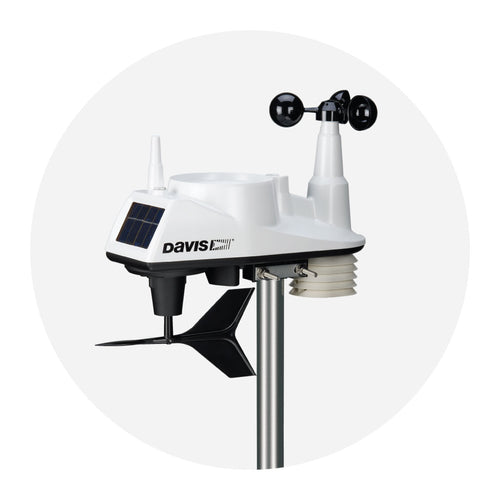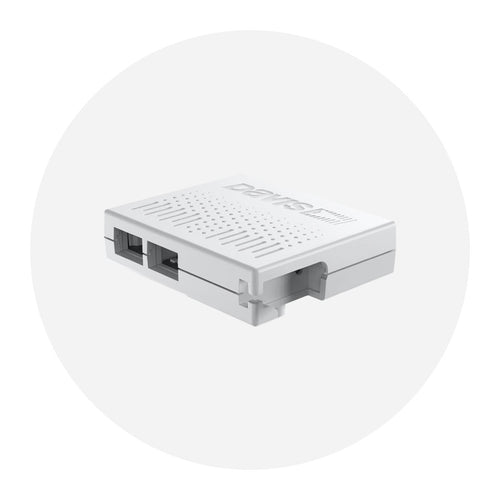
It’s Snow…It’s Rain…No, It’s Graupel Coming to the San Francisco Bay Area
Forecasters are predicting that our latest round of cold weather in the San Francisco Bay area will bring plenty of precipitation with it. The storm is expected to produce a mixture of rain and snow – providing ideal conditions for the formation of graupel.
If you haven’t heard of graupel, don’t worry. You’re not alone. The Washington Post calls it the “the wintry precipitation you’ve never heard of.”
Also known as soft hail, hominy snow, or snow pellets, graupel forms when supercooled water droplets collect and instantly freeze (or rime) on falling snowflakes. Unlike hail or sleet, which is simply ice falling as precipitation, graupel is soft and fragile. Graupel also tends to be smaller than hail with diameters that range from .08 to .2 inches. Graupel pellets tend to be cloudy or white in color.
The term “graupel” comes from the German word graupe, which means “pearl barley.” The term was first used in a weather report in 1889.
In many areas, graupel is relatively uncommon. That’s because of the unique atmospheric conditions required for its formation. Hail is simply frozen precipitation from a thunderstorm cloud. Snow forms when water vapor turns to ice without going through a liquid stage. Sleet forms when snow melts as it falls, then refreezes before hitting the ground. But for graupel to form, a cloud needs to contain both snow and supercooled liquid water. Then, as the snow falls, the supercooled droplets freeze onto the outside in a process called riming or accretion.
The result of this riming process is a form of precipitation that has been variously described as looking like styrofoam pellets, Dippin’ Dots, hominy, or pearl barley (from which the name derives). Unlike hail and sleet, it is soft and fragile with a white or cloudy color. Unlike snow, it tends to bounce when it hits the ground.
So, watch for the graupel to fall in the San Francisco Bay area, and enjoy the show. It may be quite a while before we see it again. According the LAist, the last time we experienced graupel was back in 2019 – about four years ago.
In the face of escalating environmental risks, AEM is the essential source for insights on weather, climate, lightning, floods, wildfires, water management, and more.
Learn more about AEM and all of our solutions here.





















